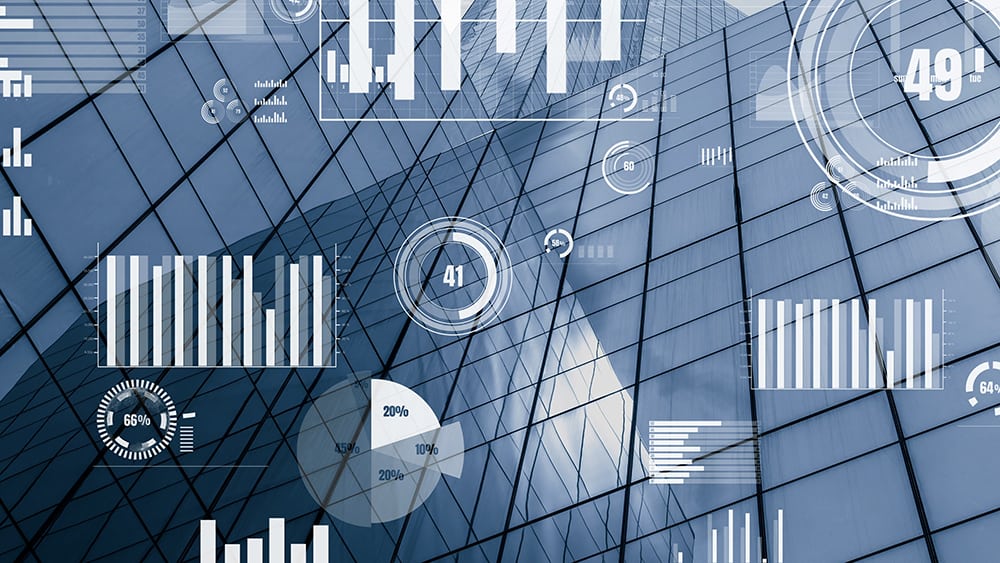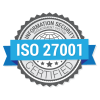Telecom Expense Management (“TEM”) platforms are significant investments that help organizations streamline their finance and procurement processes for technology services. Do they deliver the most ROI you can generate from your technology services? The answer is no. TEM platforms are best equipped for providing company-wide reporting and centralizing key procurement functions. But they lack automation that can immediately detect internal cost saving opportunities and practical intelligence of how to optimize and how you manage procurement activities, whether in the central procurement function or through downstream management activities.
The result of having a Thinking Machine attached to your TEM platform are an additional 10-15% of annual savings from your existing contracts, enhanced negotiation intelligence for future tenders, and smart data that provides the detail needed to formulate effective global sourcing transformation initiatives.
The central reason why a Thinking Machine is a natural extension to TEM is that it is data processing combined with an analytics platform. The platform offers a unique business solution for generating internal cost savings, enabled by a breakthrough technical solution for synthesizing data from different kinds of documents.
Cost Savings
The elephant in the room when comparing TEM and Thinking Machine is the fact that most TEM platforms will promise internal savings from similar areas as Thinking Machine, but they effectively do not yield the same results.
To better comprehend what areas Thinking Machine reaches, there is a 5-step process that needs to be followed to manage internal savings:
1) Maintain a library of every possible saving opportunity, falling under the main categories of: Service Utilization, Service Ownership, Tariff Selections, Product Configurations, Billing Errors, and Benchmarking;
2) Synthesize data between contracts, market data, invoices, services, site locations, order history, network configurations, employee records, and other data sources;
3) Personalize the data by incorporating your flavor of business judgements and analyze it to identify opportunities
4) Continually update the data analysis based on business events and opportunity outcomes; and
5) Track the success and savings generated from each opportunity every month.
TEM platforms are not built for this kind of complexity and end up not being able to get those hard-to-reach savings that only the management described above could get.
Most of the value generated from step 2, comes from the ability to synthesize data between documents that contain very different technical languages. In fact, just accurately extracting data from dense documents is cutting-edge technology but the need here is to also accurately translate them and make sense of the data. This is where a Thinking Machine shines, because it has built a data processing and analytics pipeline that does exactly this (patent-pending too).
This handicap in data processing leads TEM providers to follow similar patterns. They will produce reports that are built upon the requirements given by you, the customer, and will rely upon specialists to further synthesize and analyze those reports following steps 2-5. Sometimes the specialist is employed by the TEM, or the specialist may be someone that you need to employ. This tight approach is not only costly to set up, but it will also miss the majority of cost savings that would ideally be generated.
Contract negotiations
Benchmarking has long been a feature of the TEM market. Run as a professional service, TEM will compare your historical service usage against their database of vendor pricing. This is useful to understand what level of discounting you should be targeting to hit your target savings.
While a helpful starting point, you will still keep running into challenges with the incredibly intricate pricing schedules and obligations built into Telecom, Cloud and IT contracts.
The new pricing structures offered by vendors will be different to what you had before. There will be new jargon introduced with subtle distinctions in meaning that can cause significant variations in pricing.
Vendors use this complexity to become your ‘trusted advisor’ in the sales process. This allows them to control the process of choosing your product and service configurations for you, which means they are in control of the late-stage negotiations for greater discounts.
Thinking Machine extends benchmarking into added contract intelligence features that enable you to understand the exact cost implications of potential product and service configurations, while at the same time comparing the optimal pricing potential between vendors. This puts you in control of the sales process, which will transform savings from a modest 5-10% to a significant 20-40%.
Global sourcing transformation
The ambition of every IT Procurement leader is a simpler, more streamlined, more cost-effective global sourcing operation.
This of course means something different for every organization. Your priority may be to have one master vendor for all your offices around the world. Or it may be technology-focussed by upgrading your networks to the latest promising technology.
Whatever your ambition is, you will struggle to validate the robustness of your strategy without understanding the real issues that are happening on the ground. Perhaps it’s impossible to have one master vendor based on how certain offices need to manage their services and must use a certain vendor. Perhaps you migrate your telephone system to the Cloud, but you’re hit by hidden infrastructure costs you didn’t know about until it’s too late to go back.
TEM platforms are built to streamline key procurement and finance operations in the places they are deployed. People adapt to the TEM platform; new processes are designed, and training rolled out to staff to use them. The TEM offers operational reports that you need to make sense of everything, and in the end TEM becomes expensive to deploy everywhere, so often smaller satellite offices get left out of deployments. Thinking Machine helps to connect the areas that were left out of the TEM deployment, and it informs the data insights that are needed for the IT Procurement leader to validate future-looking strategies. It fits around the way people work today; all they have to do is upload the documents they work with today and the Thinking Machine will synthesize the data and present the insights back to the IT Procurement leader.
Conclusion
TEM and Thinking Machine appear similar from afar but offer very different features the closer you look, complementing each other in many ways.
Thinking Machine is a new business solution that uncovers significant hidden savings potential and delivers those savings as a comprehensive, continuous service. The data that is produced by Thinking Machine becomes powerful tools to add Contract Intelligence to Benchmarking, and deliver the business insights needed to effectively formulate global sourcing strategies.
Thinking Machine also includes a guarantee for a positive ROI, making it a no-risk addition to your TEM service. All it can do is create more value and help the IT Procurement leader hit their targets faster.


